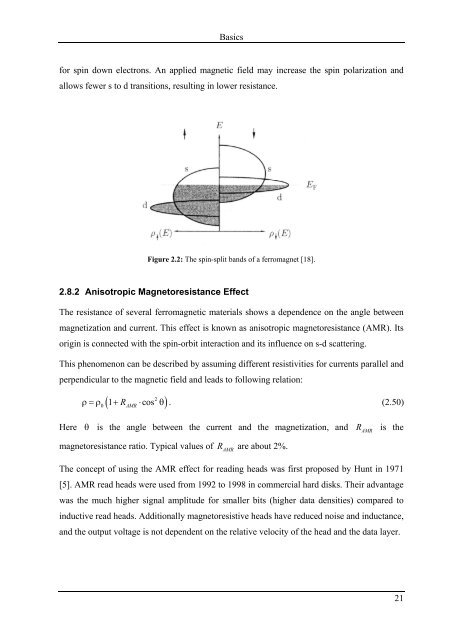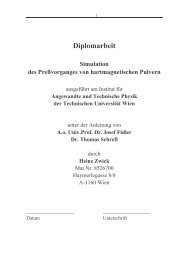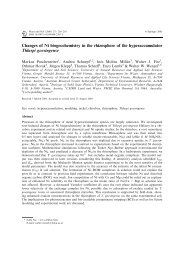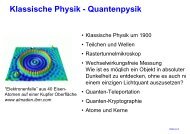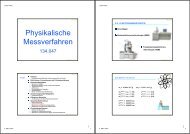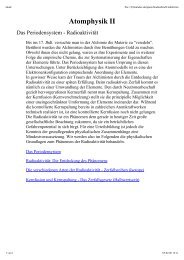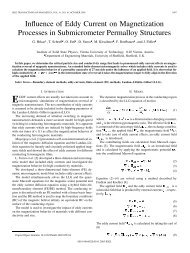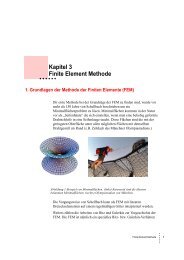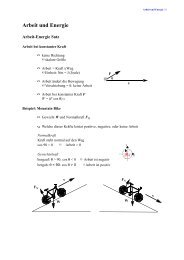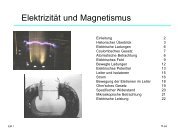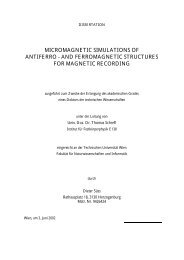Read Back Signals in Magnetic Recording - Research Group Fidler
Read Back Signals in Magnetic Recording - Research Group Fidler
Read Back Signals in Magnetic Recording - Research Group Fidler
You also want an ePaper? Increase the reach of your titles
YUMPU automatically turns print PDFs into web optimized ePapers that Google loves.
Basics<br />
for sp<strong>in</strong> down electrons. An applied magnetic field may <strong>in</strong>crease the sp<strong>in</strong> polarization and<br />
allows fewer s to d transitions, result<strong>in</strong>g <strong>in</strong> lower resistance.<br />
Figure 2.2: The sp<strong>in</strong>-split bands of a ferromagnet [18].<br />
2.8.2 Anisotropic Magnetoresistance Effect<br />
The resistance of several ferromagnetic materials shows a dependence on the angle between<br />
magnetization and current. This effect is known as anisotropic magnetoresistance (AMR). Its<br />
orig<strong>in</strong> is connected with the sp<strong>in</strong>-orbit <strong>in</strong>teraction and its <strong>in</strong>fluence on s-d scatter<strong>in</strong>g.<br />
This phenomenon can be described by assum<strong>in</strong>g different resistivities for currents parallel and<br />
perpendicular to the magnetic field and leads to follow<strong>in</strong>g relation:<br />
0<br />
2<br />
( 1 RAMR<br />
cos )<br />
ρ=ρ + ⋅ θ . (2.50)<br />
Here θ is the angle between the current and the magnetization, and R AMR is the<br />
magnetoresistance ratio. Typical values of R AMR are about 2%.<br />
The concept of us<strong>in</strong>g the AMR effect for read<strong>in</strong>g heads was first proposed by Hunt <strong>in</strong> 1971<br />
[5]. AMR read heads were used from 1992 to 1998 <strong>in</strong> commercial hard disks. Their advantage<br />
was the much higher signal amplitude for smaller bits (higher data densities) compared to<br />
<strong>in</strong>ductive read heads. Additionally magnetoresistive heads have reduced noise and <strong>in</strong>ductance,<br />
and the output voltage is not dependent on the relative velocity of the head and the data layer.<br />
21


